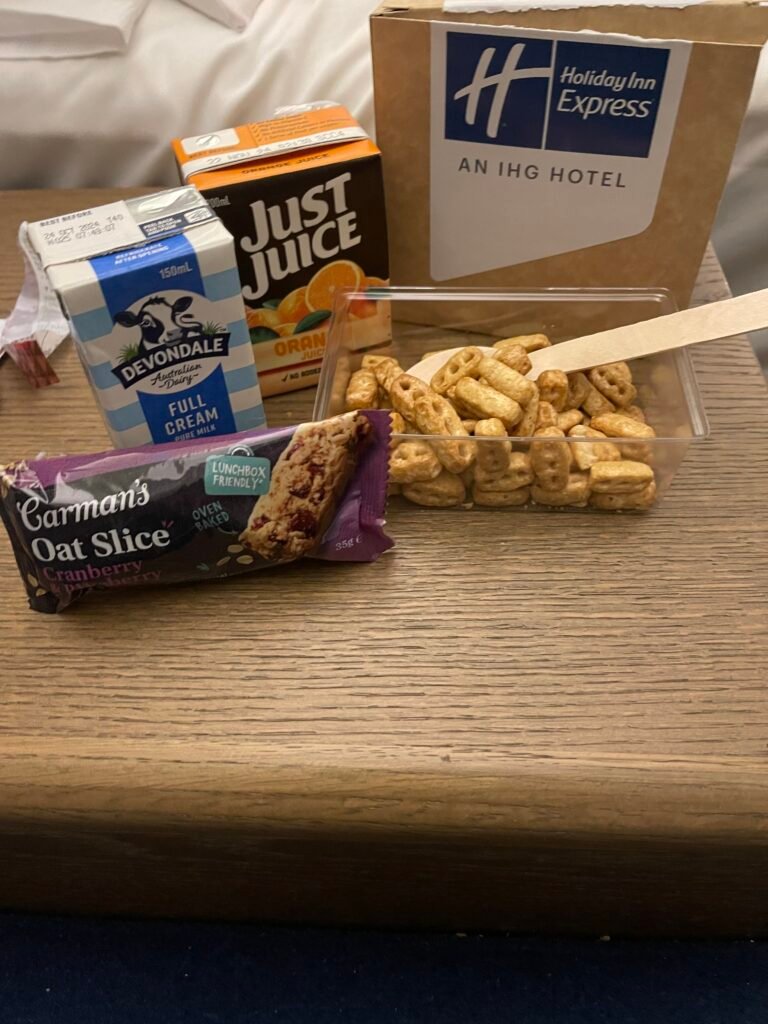
Our box breakfast
This morning we were up very early to leave the hotel at five to arrive at the airport for our first flight to Sydney and then to continue on to our next flight to Alice Springs. We were given a box breakfast since the hotel cafeteria would be closed. It contained milk, a cereal that was very tasty, orange juice, and an oat bar. The whole meal was very satisfying.
We arrived at the airport and Susan our guide was very efficient and had us all checked in through security, and boarding the plane in record time. Qantas is VERY strict about luggage weight and you cannot go over the limit even by an ounce, so we all made sure we were well within the limit.
On the plane to Sydney we were served a delicious breakfast sandwich and a beverage.
The flight was only about an hour or so and then we boarded our next flight to Alice Springs which was about a 3 hour flight. We were served a nice snack and beverage.
We had already been advised to bring a hat and mosquito netting to put over it because of the flies, and they weren’t kidding. The minute we deplaned, the flies were buzzing around our faces. They don’t bite…they are just annoying.
We picked up our luggage and then walked to meet our driver and guide Tristan who we will be with during our time here.
Tristan is a certified guide who will oversee our Outback camping experience and it is vital that we pay attention to both him and Susan since the Outback can be a dangerous place. People die each year because of dehydration and the Australian government has instituted strict rules about the amount of water that you must carry when hiking in the Outback.
The vehicle that will be ferrying us around has large wheels for the terrain as well as a huge water container that will be filled each day for our use. It has a trailer on the back for our luggage.
Our first stop was the Alice Springs Telegraph Station that was established in 1871 to relay messages between Darwin and Adelaide along the telegraph line. Prior to the line, a message to England would travel by boat and take 3-4 months each way. After the telegraph was built, Morse code messages could arrive in London as quickly as five hours. In today’s standards that seems unbelievably slow, but back then, it was a revolutionary.
The Telegraph Station operated for 60 years, after which time the buildings served as a school and ‘Bungalow’ for Aboriginal children from 1946 to 1972. These children came to be known as “The Stolen Generation” who were forcibly removed from their families by the government supposedly for the children’s assimilation into white society and for their welfare. The Anglican Church has recently apologized for its compliance in these policies.
After hearing the history of the site, we walked around and then had lunch. Fans were going to keep the flies at bay, but we were lucky since there was a lovely breeze so we ate outdoors without a problem. I tried ginger beer which was quite delicious.
While walking around the grounds we spied a very colorful bird and Susan told us it was a galah.
The next stop was the Alice Springs School of the Air. This school caters to primary and early secondary education for children in remote Outback areas or places throughout Australia where the school age population is too small to warrant a conventional school.
It was founded in 1951 by Adelaide Miethke and the schooling was originally conducted via radio. Of course now with technology, the students have computers and internet connections for their schooling.
Each student had direct contact with a teacher and spends about one hour receiving their lessons and the rest of the time is spent on homework and working on the assignments the teacher has assigned. The school provides all the equipment needed for the students and since it is a public school, it does not cost the families much money to maintain the equipment and for the required school fees. It is mandatory that each student have a tutor who goes through training at the school. It can be a parent or the parents sometimes hire a governess to live with them to aid in the schooling. Years ago, learning packets were mailed each month in mail bags to the children for their use, but now, everything is delivered via the internet.
Since the children are isolated, the School of Air tries to socialize these children as well, so they are required to get together 3-4 times a year, attending the actual school for a week and meeting with the teachers and classmates who they only had been seeing via computer each day.
At present, there are about 150-170 students enrolled. The school has a classroom with a green screen and cameras, and the children can see each other as they interact with the teacher during the live lesson, asking and answering questions by pushing a button on their computers. The children are schooled in the basics as well as music, art, language (last year they learned Japanese) and we even watched a lesson that taught the children how to hold and swing a baseball bat for their sports curriculum requirement.
It is an amazing concept and according to studies, these children fare equally (and most times better) scholastically than their peers who attend conventional schools.
We bid farewell to the school and drove to the Anzac Hill Memorial dedicated to all those members of the armed services who gave their lives in the wars that Australia participated in through the years. Anzak Day, similar to our Veterans Day, is celebrated on April 25.
Before going to our hotel for the evening, we stopped at a convenience store to get some supplies for our overnight tomorrow in the Outback. We picked up wine, snacks, and depending on what hike we would be taking in the Outback, the mandatory required water supply.
Tristan and Susan, being trained in Outback regulations, will be the ones to determine who in our group would be eligible to take the 3 hour early morning hike the morning after our Outback overnight. The terrain is risky, rocky, and at times, the only way to navigate the climb is by crawling on hands and knees. Tristan would be guiding the ones who would be able to hike, making sure of their safety. Susan will be taking the others on an easier hike into the canyon. Those people will also be required to take sufficient water with them.
Each year, people die of dehydration because they do not understand how hot and dry the air is and how quickly things can go south if not well prepared.
Because of my wonky foot, I would not be allowed on the more dangerous hike, which is fine with me as I’m not sure even with a good foot it would have been something I would have undertaken. Allan and I will be content to hike the flat paths through the lower canyon.
We arrived at our hotel and we were warned not to travel alone outside, as the area recently has been experiencing robberies by young gangs. As a matter of fact, there were riots recently because the mayor had instituted a curfew for kids and they were not allowed out on the streets after 6 pm. The kids took to the streets in protest so the curfew was lifted.
We felt completely safe, however, and we dined in the restaurant at the hotel and had a delicious meal with a complimentary glass of wine. The hotel has a swimming pool as well as a casino.
Then it was back to our rooms to pack our knapsacks with what we will need for our overnight under the stars. We will not have access to our other luggage.
The journey tomorrow will be long as we will be traveling deep into the Outback for our adventure.
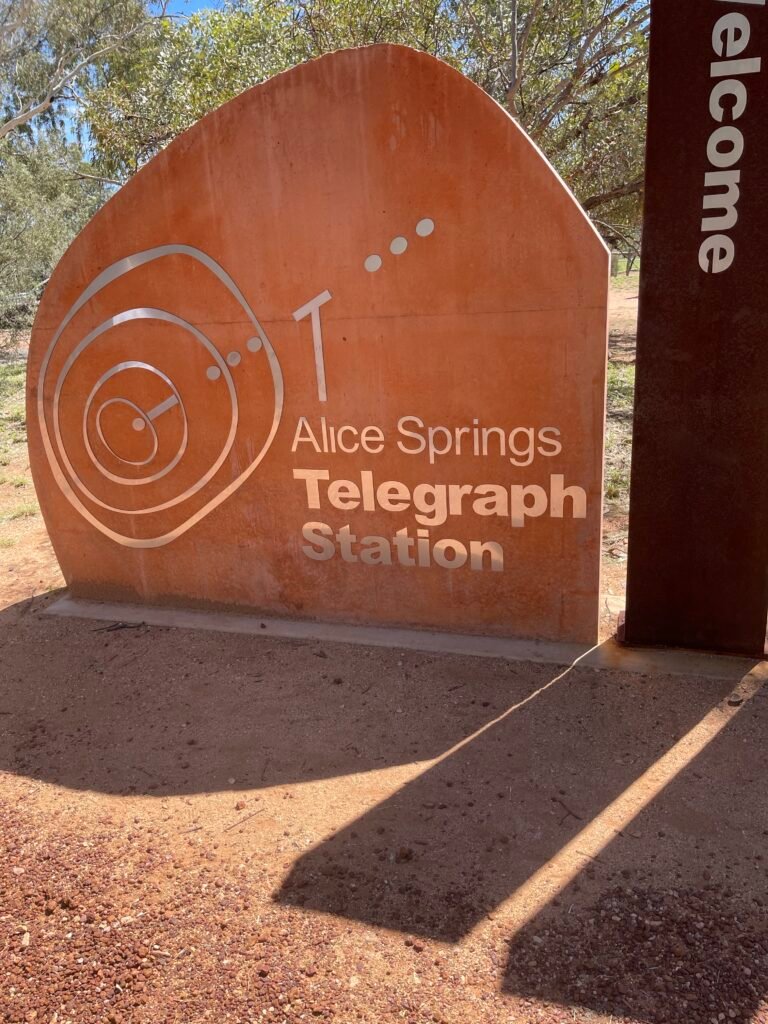

Replica of one of the first telegraph poles.
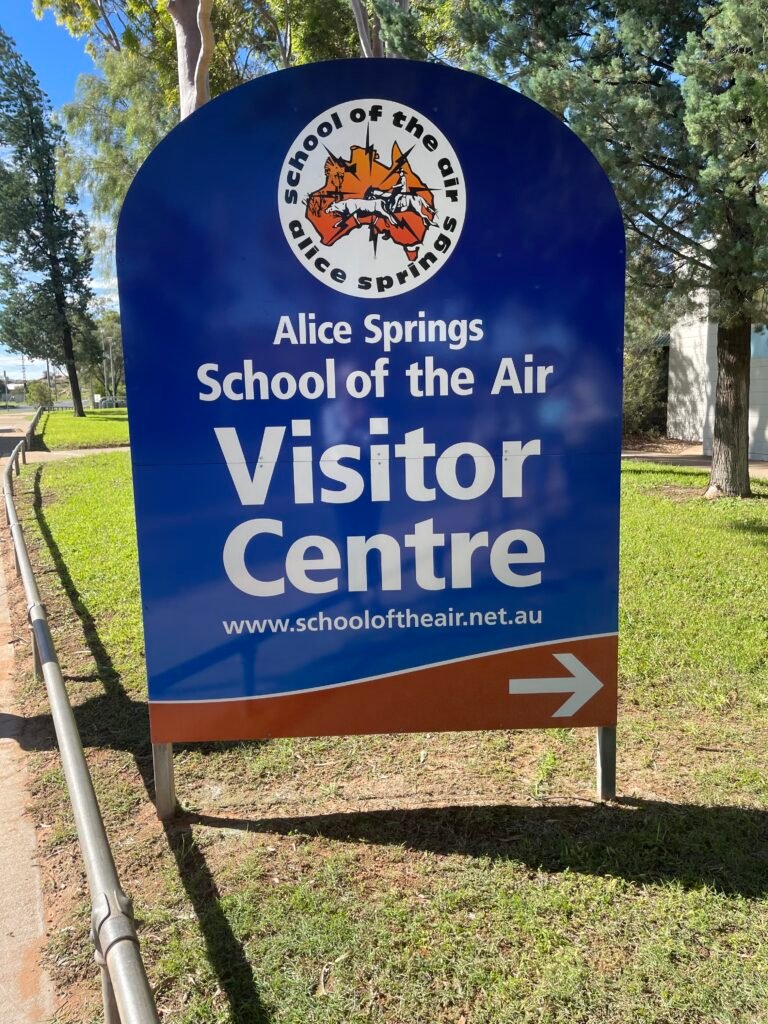
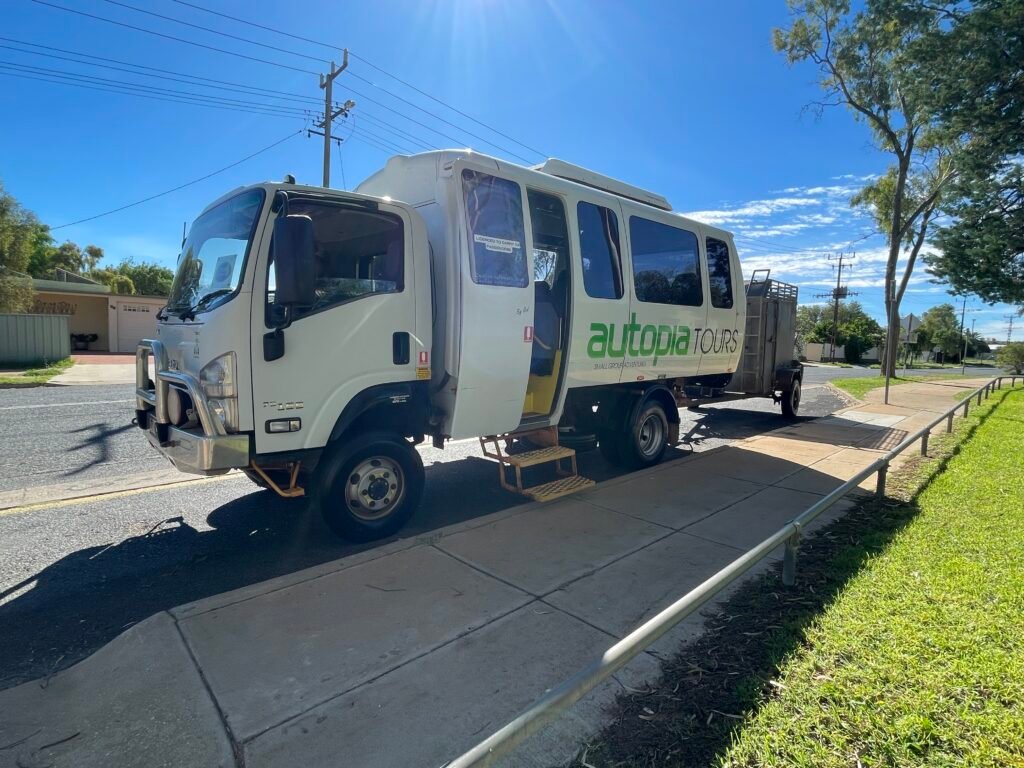
Our Outback vehicle
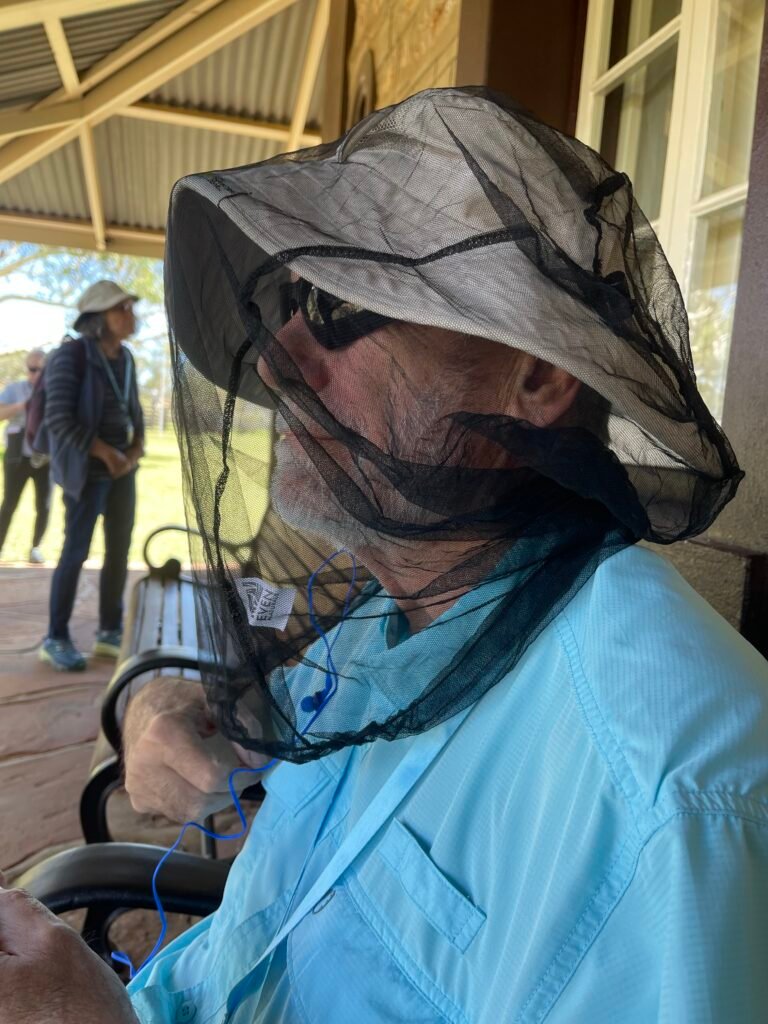
The latest fashion statement! Mosquito netting
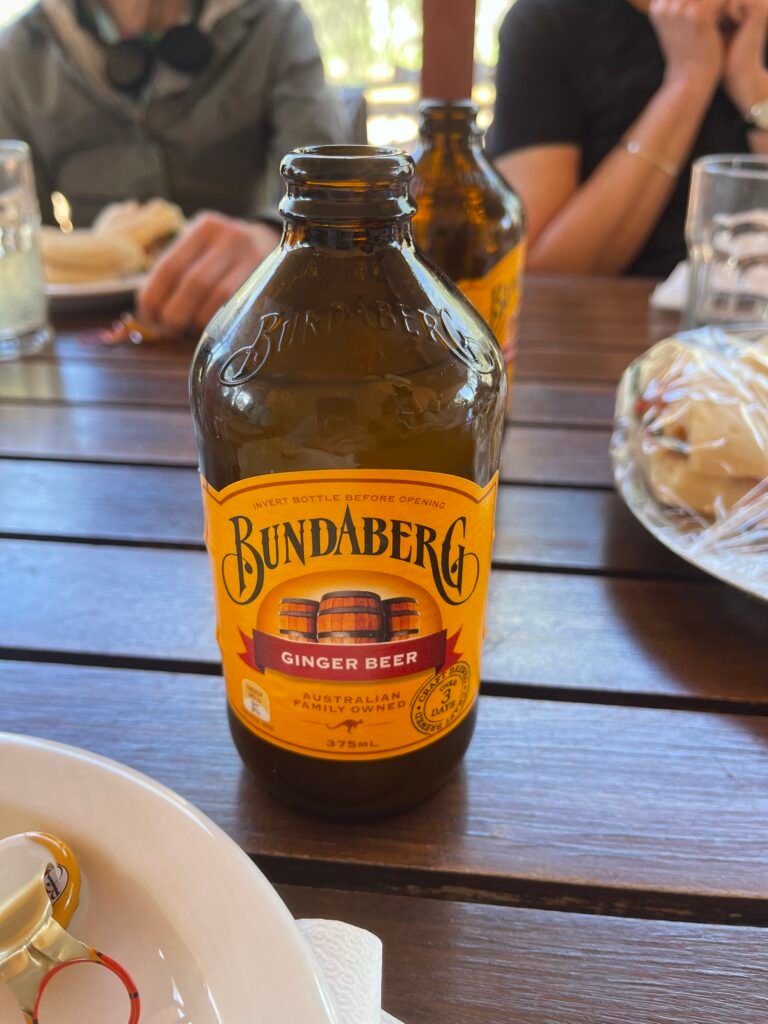
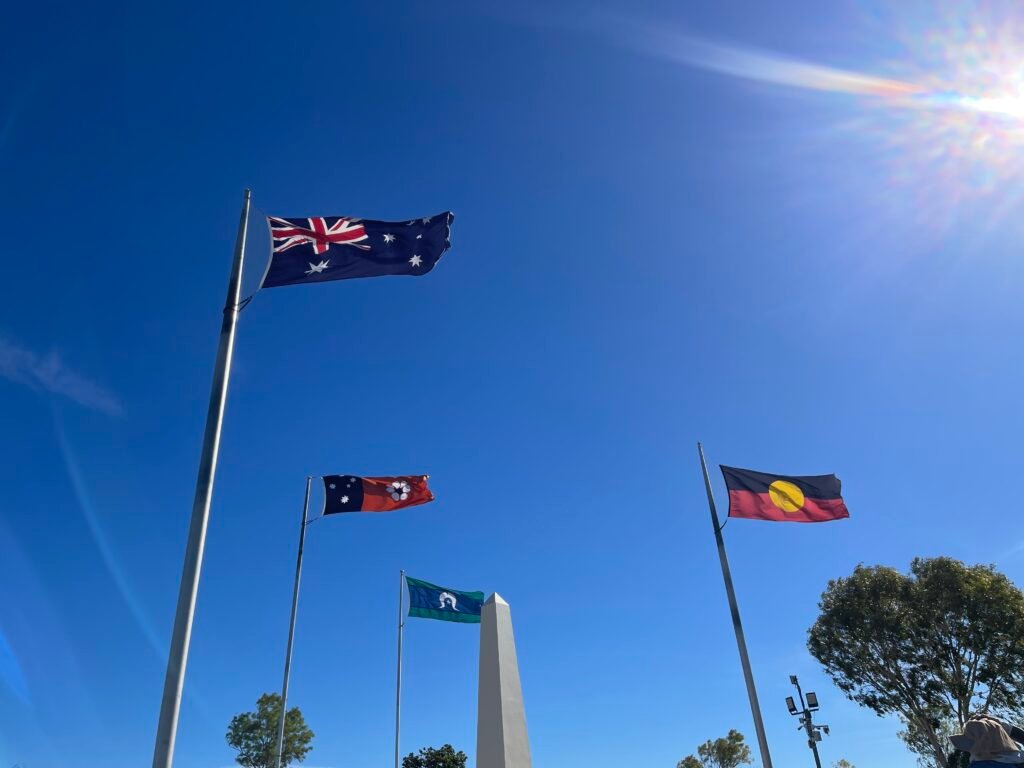
Aznak hill

Thanks Diane. It was amazing!
Love reading the adventures! Good luck in the Outback tonight! Be safe.